[Update: Over the months following the announcement, doubt was cast over exactly what BICEP2 saw, and now it seems that the signal announced by BICEP2 is consistent with polarisation produced by galactic dust. See here.]
I’m actually in hiding and silence for a week. It is Spring Break and I have locked myself away in a seaside town to do some writing, as I did last year. But I must break my silence for a little while. Why? Well there’s been a really great announcement in physics today and while being very happy that it is getting a lot of press attention – and it should since the result is very important and exciting – I’ve been stunned by how confusingly it has been reported in several news reports. So I thought I’d say a few things that might help.
But first, let me acknowledge that there’s a ton of coverage out there and so I don’t need to point to any press articles. I will just point to the press release of the BICEP2 collaboration (yes, that’s what they’re called) here, and urge you once you’ve read that to follow the link within to the wealth of data (images, text, graphs, diagrams) that they provide. It’s fantastically comprehensive, so knock yourself out. The paper is here.
I keep hearing reports saying things like “Scientists have proved the Big Bang”. No. The Big Bang, while an exciting and important result for modern cosmology, is very old news. (You can tell since there’s even a TV comedy named after it.) This is not really about the Big Bang. This is about Inflation, the mechanism that made the universe expand rapidly from super-tiny scales to more macroscopic scales in fractions of a second. (I’ll say more about the super-tiny below).
I also hear (slightly more nuanced) reports about this being the first confirmation of Inflation. That’s a point we can argue about, but I’d say that’s not true either. We’ve had other strong clues that Inflation is correct. One of the key things that pops out of inflation is that it flattens out the curvature of universe a lot, and the various observations that have been made about the Cosmic Microwave Background over the years (the CMB is that radiation left over from when the universe was very young (about 380,000 years old – remember the universe is just under 14 million years old!)) have shown us that the universes is remarkably flat. Another previous exciting result in modern cosmology. Today’s result isn’t the first evidence.
So what is today’s exciting news about then? The clue to the correct […] Click to continue reading this post →
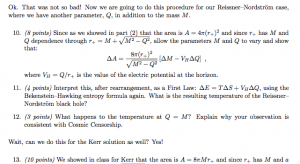 For the midterm therefore, I got the opportunity to have them discover properties of the (less astrophysically important perhaps) charged black hole – the Reissner-Nordstrøm solution:
For the midterm therefore, I got the opportunity to have them discover properties of the (less astrophysically important perhaps) charged black hole – the Reissner-Nordstrøm solution:

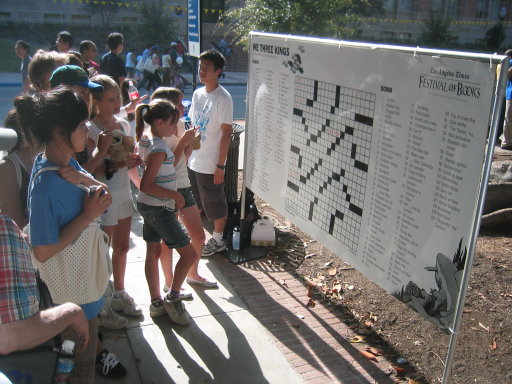 By the way, for those of you in the area, don’t forget that the LA Times
By the way, for those of you in the area, don’t forget that the LA Times 
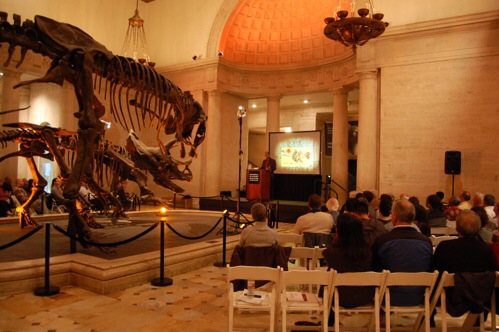
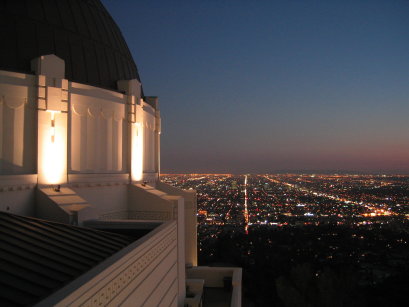 I’ve been coorganizing an event as part of their series of lectures that accompanies the event and I am delighted to announce that I have connected two of the most awesome spaces and institutions in the city for this one. The Griffith Observatory will team up with the Natural History Museum for this one, with a lecture and Q+A session, and then (weather permitting) a bit of stargazing in the new gardens! Please spread the word and come along: […]
I’ve been coorganizing an event as part of their series of lectures that accompanies the event and I am delighted to announce that I have connected two of the most awesome spaces and institutions in the city for this one. The Griffith Observatory will team up with the Natural History Museum for this one, with a lecture and Q+A session, and then (weather permitting) a bit of stargazing in the new gardens! Please spread the word and come along: […] 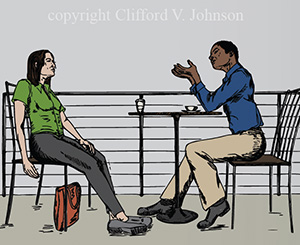


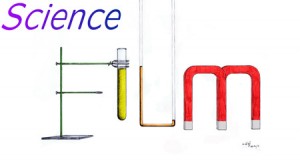
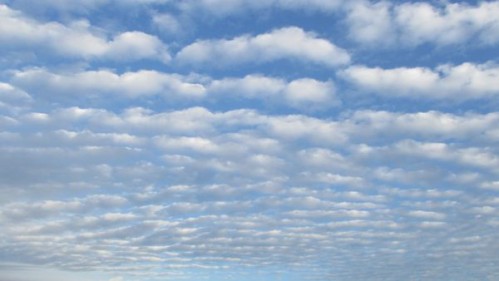


 So I am here to help celebrate Joe’s work on the occasion of his 60th (hard to believe that number, frankly), and it will be good to see all the people who show up, and of course it’ll be excellent to see Joe. Part of my help in the celebrations is to organize and run a panel about D-branes, which will be on at 11:00 tomorrow. I’ll be reflecting a bit on the good old days when D-branes really broke, and turned out to be the key tool of the Revolution that took place in the field. In lectures and writings from that time and long after I used to refer to them as the Heroes of the Revolution, and in honor of that and of Joe I have named this session D-Branes, Tools of the Revolutionary, or something like that. Joe helped bring about the revolution, and his tools were D-branes, you see.
So I am here to help celebrate Joe’s work on the occasion of his 60th (hard to believe that number, frankly), and it will be good to see all the people who show up, and of course it’ll be excellent to see Joe. Part of my help in the celebrations is to organize and run a panel about D-branes, which will be on at 11:00 tomorrow. I’ll be reflecting a bit on the good old days when D-branes really broke, and turned out to be the key tool of the Revolution that took place in the field. In lectures and writings from that time and long after I used to refer to them as the Heroes of the Revolution, and in honor of that and of Joe I have named this session D-Branes, Tools of the Revolutionary, or something like that. Joe helped bring about the revolution, and his tools were D-branes, you see. 
